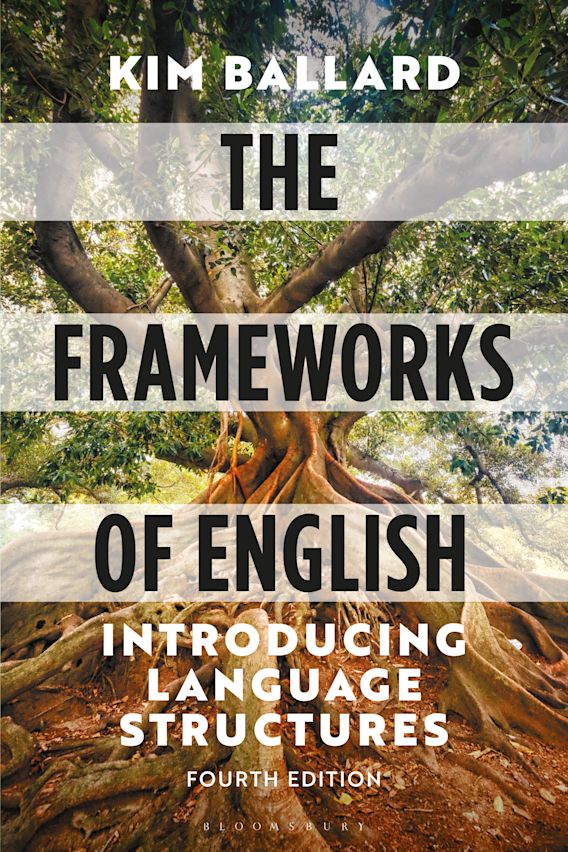



johndoe@gmail.com
Are you sure you want to reset the form?
Your mail has been sent successfully
Are you sure you want to remove the alert?
Your session is about to expire! You will be signed out in
Do you wish to stay signed in?
Question 1 (Consolidate)
Identify the clause structure of the following examples and label the elements using S, V, O, C, A. Are there any instances of embedding?
| 1 | Bradley Wiggins has won the most prestigious race in cycling |
| 2 | Jo is feeling better today |
| 3 | I think they’ve arrived by now |
| 4 | The pyramids of Egypt are much bigger than I imagined |
| 5 | The woman who lives next door showed me her new greenhouse |
Answer
(The embedded elements have been underlined.)
| 1 | Bradley Wiggins (S) has won (V) the most prestigious race in cycling (O) |
| 2 | Jo (S) is feeling (V) better (C) today (A) |
| 3 | I (S) think (V) they’ve arrived by now (O) |
| 4 | The pyramids of Egypt (S) are (V) much bigger than I imagined (C) |
| 5 | The woman who lives next door (S) showed (V) me (Oi) her new greenhouse (Od) |
Question 2 (Explore)
As mentioned in Point of Comparison box 6.2, English is regarded as an SVO language – one in which the subject normally precedes the verb, and the object follows it. Can you think of any exceptions, where the object occurs at the front of the construction?
Answer/discussion
Speakers sometimes bring the object to the front for emphasis, for instance in I don’t really like strawberries but raspberries I love. (This is also covered in Section 7.7.) Pronouns can also be fronted: That I do understand. Relative clauses may require an object to be brought to the front –The woman you saw works at the university – as may nominal relative clauses – What you see is what you get. Less centrally, but still of interest, many compound words have what might be perceived as an OV structure. For instance, something that can bear (V) a heavy weight (O) is weight-bearing, while someone who tells (V) fortunes (O) is a fortune-teller or practises fortune-telling, and someone who ‘reads lips’ is a lip-reader.

.